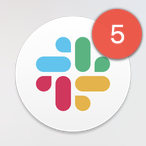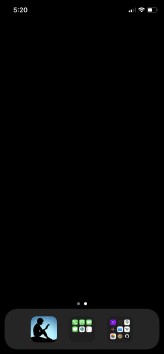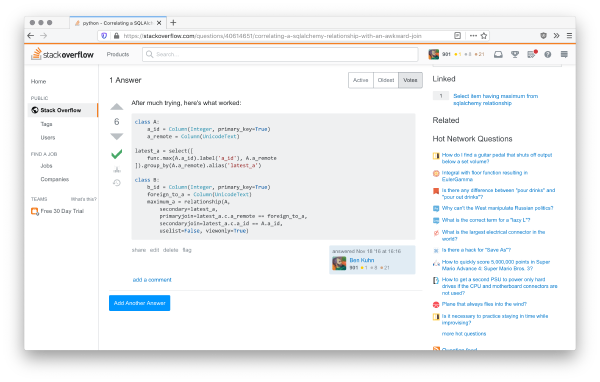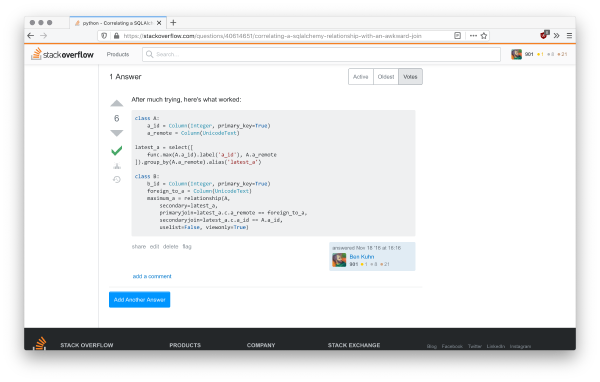Once I realized that my attention was even scarcer than my time, I became an anti-distraction fanatic. During my weekly reviews I methodically went through my past week, figured out what had been distracting me, and tried to eliminate it or replace it with something less distracting.
Over time, this has led me to find lots of tools (and ways of using my tools) that help me stay more focused. Here are some of the things I’ve started doing:

I aggressively disable notifications and badges so that I don’t mindlessly open distracting apps. If you’re into eliminating distractions you’ve probably already done this. But if you haven’t, it’s by far the most important thing you can do to improve your focus, so I’m putting it first anyway.
I have a zero-tolerance notification policy: if an app interrupts me, I ask myself whether the interruption was valuable, and if not, the app doesn’t get to notify me anymore. This has weeded out pretty much everything except for inboxes (phone, texts, reminders) and apps with a human on the other end (ride sharing, delivery).
A special dishonorable mention goes to Slack, which can easily suck away a quarter of your time without you noticing. If you use Slack and you haven’t disabled the “unread messages” badge, stop reading this post and do it now. (Consider setting a two-minute timer to remind you to quit in case you get distracted by checking your unreads, like I did while taking the screenshot above.)
On the subject of Slack, I try to keep it closed as much as possible and check it in batches a few times a day. Not all workplace Slack cultures allow this, but if yours does, I highly, highly recommend it. Doing this led to my biggest single quantifiable productivity improvement.✻ If your workplace culture doesn’t allow you to keep Slack closed, because it requires quick Slack responses, this is a bad sign.
I only check my email once per day.
Gmail filters send important email to a label called “Temp Inbox” and the rest to a label called “Unimportant.” I check Temp Inbox each evening and Unimportant once a week. Since incoming email doesn’t go to the inbox, I can open Gmail to compose or search messages without getting distracted by unread messages.
(I use a piece of Google Apps Script for this, but I think the Gmail UI has improved recently so that you can now do something similar with filters and it’ll have decent ergonomics.)
I have a second monitor that always shows a Complice window with the task I’m currently working on. (Complice is my favorite app for making lists of what I want to do today.) This helps me recover quickly from unintentionally going down rabbit holes.

I use Focus to break my habit of mindlessly checking sites.
For websites that are habit-forming but still feel useful on net, like Twitter or Hacker News, Focus lets me restrict my usage to certain times of day. It’s the only website blocker I’ve used that lets me fully automate blocking things in the exact way I want.
It’s especially important for me to use a website blocker that’s fully automatic, because the times when I need it most are exactly those times at which I have the least willpower to do any manual steps!
I also block most websites on my phone (using the iOS built-in content blocking in whitelist mode). Unfortunately, this works less well than Focus since I sometimes want to disable it and then forget to re-enable it.
I do most of my Internet reading on my Kindle via Kindle4RSS.
Using RSS means I’m in control of my own feed and don’t need to visit an adversarially distracting site like Facebook to get new reading material.
It’s also helpful that the Kindle delivery comes once per day at a predictable time, so I don’t have an urge to check over and over again for new content.
I block distracting parts of websites with uBlock Origin’s amazing “element blocker,” which lets you select and remove any part of the page. As a fan of minimalism in web design, I really enjoy being able to adversarially enforce it on any rogue webpage.
For instance, I use it to block the clickbaity “hot network questions” sidebar on Stack Overflow, which otherwise frequently distracts me, as well as the useless notifications and left sidebar:
I use Witch, an augmented window switcher, to avoid accidentally switching to the wrong window. Witch can display separate app windows separately, only display windows from the current workspace, and supports text search on window titles so that you can search directly for the window you want without having to skip over.

I found Witch slightly unintuitive to configure, so if you’re curious, here are screenshots of my configs: “actions” tab, “advanced” tab.

I’ve hidden the apps on my phone. My homescreen looks like the figure on the right.
The two folders are “badges” (for the few apps that are allowed to notify me) and “everything else.” If I want an app I type its name in the search bar, which forces me to be intentional (and is often faster than hunting through pages of apps anyway). The app in the bottom bar is the Kindle app.
I use native versions of web apps instead of keeping them open in a browser tab. This allows me to use the app without getting sucked into my browser. There are two ways of doing this:
Some apps (e.g. Roam) are already “installable,” meaning that they tell your browser how to turn them into a native app. (Sadly, Chrome seems to be the only browser that can install installable apps on desktop right now.)
For the rest (e.g., oddly, most Google web apps), I use a command-line tool called nativefier to turn them into desktop apps.
In fact, right now I’m trying out a “no browser tabs at all” rule. I noticed that I’d sometimes get distracted by tabs that I’d opened a long time ago and should have closed, but forgot about. So I installed an extension to limit each window to a single tab and changed Firefox to open links in a new window by default. (This has lots of synergy with a powerful window switcher like Witch.)
Each of these is small on their own, but like many of the things I work on during weekly reviews, they’ve added up and compounded to make it much easier for me to spend my attention in ways I want.


Comments
Thanks for the pointer to Kindle4Rss. I had been wanting something like that.
Unfortunately, disabling Slack’s blue/red dots is non-trivial for Linux users. I had to do this.
What about hyperlinks?
Excellent idea, my life just improved a little bit.
Yeah, not being able to follow links well is probably the biggest downside. The Kindle does have a (very bad) web browser that suffices for most links that are absolutely essential context, but it makes e.g. linkposts near-completely useless. Personally, I mind this less than I expected—most things are actually fine without links—but it is fairly annoying.
what works for me is Pocket 2 Kindle: https://p2k.co/
Found something you may find useful. You mentioned it was hard to block content on ios. I’ve had this problem too. But I discovered this solution:
The only hitch compared to content blocking is that a whitelist approach might mess with a lot of different apps and services as it affects all traffic, not just the browser. Can’t say how hard a task that is.
Hope that may be of use. Thanks for the articles! I had never figured out how to automate some of my habits on ios, but your article + the discussion led me to a solution. (I’m now tracking app opens of distracting apps using Shortcuts + Streaks)
For blocking distracting websites on iOS, check the app about:blank. It works much better than ios content blocking; https://apps.apple.com/us/app/about-blank/id1239181721
I was wondering if anyone had trouble with keeping witch enable. I found witch to be quite unreliable in that regard.
It doesn’t seem to persist across reboots for me. I don’t reboot very often, so I haven’t gotten around to emailing their support about it but they’ve been responsive for other issues I’ve raised!
I find https://endel.io/ quiet good.
For the slack unread message badge, I found a neat trick, I dont use the slack app, I open it on the browser and use it from there, then turn off its notifications